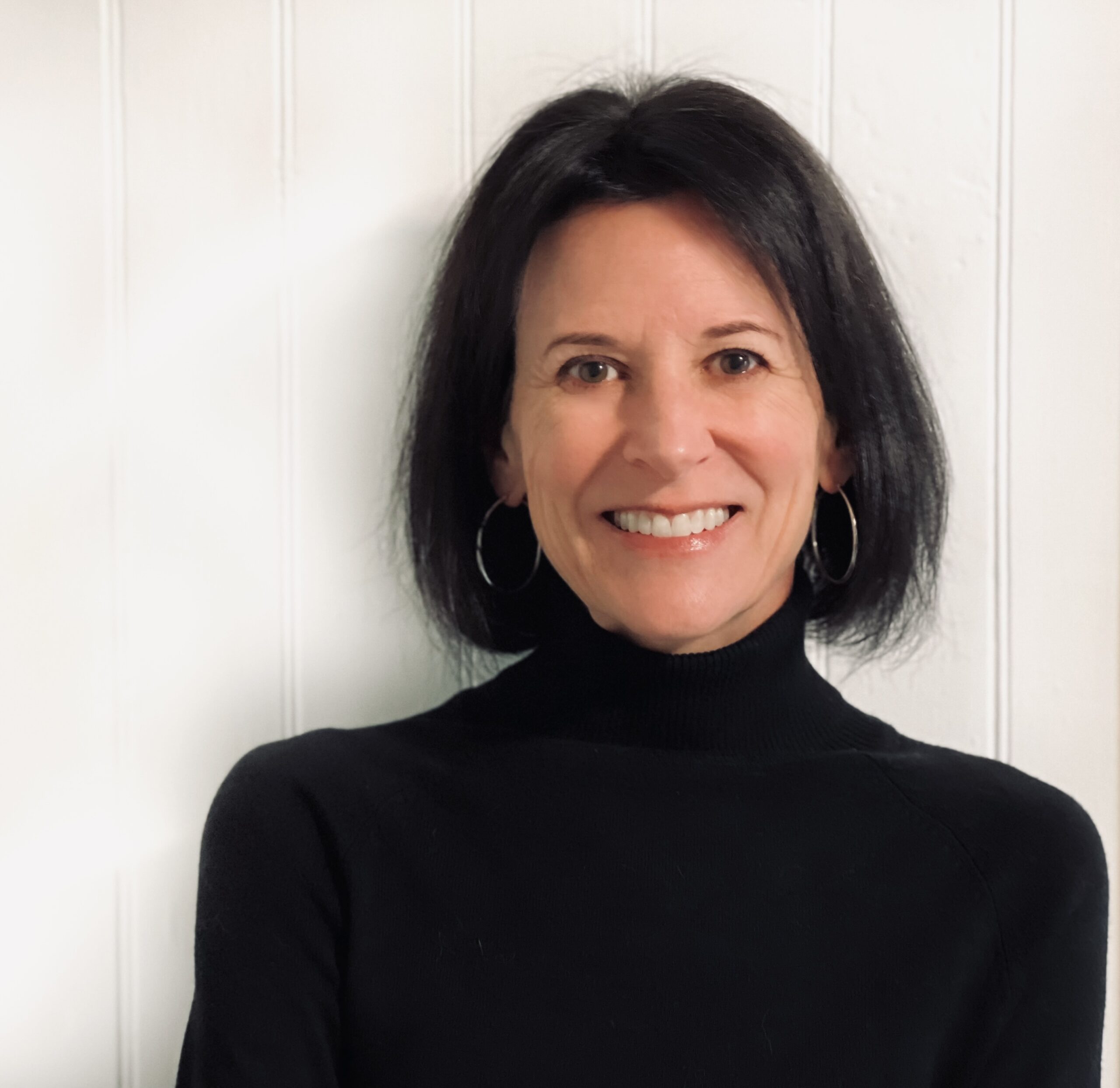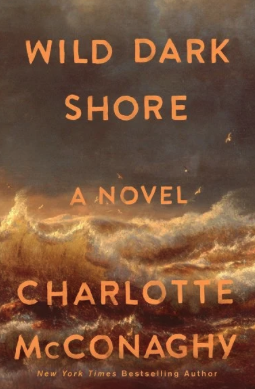In Charlotte McConaghy’s lovely new novel, Wild Dark Shore, Dominic Salt and his family—eighteen-year-old Raff, seventeen-year-old Fen, and nine-year-old Orly—moved to Shearwater Island eight years earlier, when Dominic “needed a job, and I needed it to be far away.” While formerly living among researchers, the rising seas have forced the scientists to evacuate, and the Salt family, whose job is to manage the island’s seed bank, has only six weeks left before they, too, will be leaving.
The fictional Shearwater is based on the real subantarctic island Macquarie, halfway between Tasmania and Antarctica. The seed vault, also fictional, is based on the one in Svalbard, at the other end of the planet. While the climate events happening in Wild Dark Shore haven’t (yet) come to pass, the novel is hauntingly pre-apocalyptic, capturing the pain and angst of those who realize, as one desperate character puts it, “we’re fucked. We’re dead. Everything is dead. All life: drowned, burned, or starved.”
The novel begins with a young woman, Rowan, washing up on shore during a storm so powerful not much else made it through, including the family’s power supplies. As Dominic reflects, “Surviving in remote places is all about setting up contingencies … It’s never occurred to me that all the solar cells, half the batteries, and both the wind turbines could go at the same time.” While young Orly looks after Rowan, who drifts in and out of consciousness, Dominic goes to the southern part of the island to check on the seeds—as well as to scrub blood from one of the field huts before Rowan discovers it.
Rowan had been on a boat (which, along with its captain, did not survive) headed for the island, but won’t admit to Shearwater being her destination. Dominic has plenty of reasons for not wanting her there: “One of us will have to break first and admit we know that something is wrong, that one of us is lying. Or that we both are.”
When Rowan is well enough to explore the island, she visits the research buildings and finds water lapping at her feet: “The sea has claimed the base and there’s no taking it back.” She is beginning to find answers to some of her questions, but she knows that much more has happened on the island than the Salts have let on—she doesn’t yet know what’s behind the blood, the graves, or the broken communication instruments that have left them completely cut off from the outside world.
The tension grows between Dominic and Rowan even as Orly and Rowan form a bond; she becomes something of a mother figure to the boy, who lost his mom when he was born. Fen, meanwhile, is distancing herself from the family and sleeping on the beach with the fur seals. Staying there helps her hide a devastating secret that ultimately envelops her entire family, as well as Rowan—but in the meantime, she copes by spending a lot of time swimming, which “is like entering a state of bliss she can’t compare to anything else.”
Orly, bright and precocious, is obsessed with seeds and plants and how they work with animals to keep the world alive. Yet due to the rush to leave the island before it is underwater, not all of the seeds in the bank can be saved, and deciding which seeds to take and which to leave behind is not as simple as it seems. The unthinkable choices torment Rowan: “How to let go of plants and trees and flowers and shrubs, how to let go of the most exquisite, the most unusual, how to let biodiversity die in favor of what humans can eat. Not only do I feel this weight, I see the future laid out before me. A vast stretch of crops and nothing else, nothing wild or natural.”
Raff, the oldest of the Salt children is serious, capable, and perceptive; he’s also dealing with a horrific loss of his own and, as his dad has taught him, uses a punching bag to work through his anger. For the three kids who’ve spent these eight years in relative isolation without their mother, Rowan’s presence is soothing while also worrying; the longer she is there, the more of their secrets she will discover.
As the mysteries of the island and its inhabitants propel the story forward, the novel explores grief, family, the harsh beauty of nature, and the grim future humanity faces. Shearwater is an island of ghosts, and each character is haunted in different ways.
While evidence of the hopelessness of those who lived on Shearwater remains on the island—as does its gruesome early history, which saw the mass slaughter of fur seals, elephant seals, and penguins for oil—despite a precarious future, there is room for hope if humans are willing to rise up. As Dominic says, “Maybe we will drown or burn or starve one day, but until then we get to choose if we’ll add to that destruction of if we will care for each other.”

Midge Raymond is a co-founder of Ashland Creek Press. She is the author of the novels Floreana and My Last Continent, the award-winning short story collection Forgetting English, and, with John Yunker, the suspense novel Devils Island.


